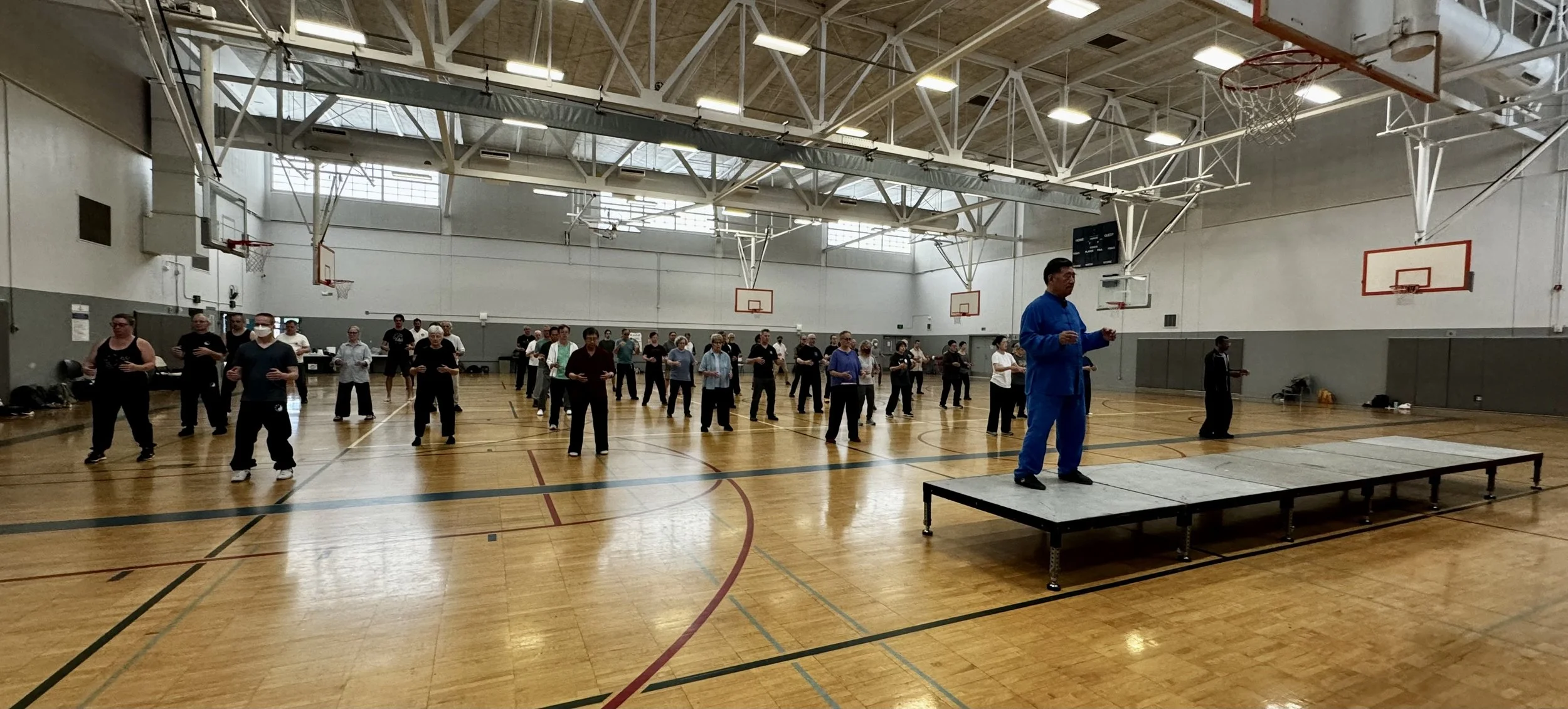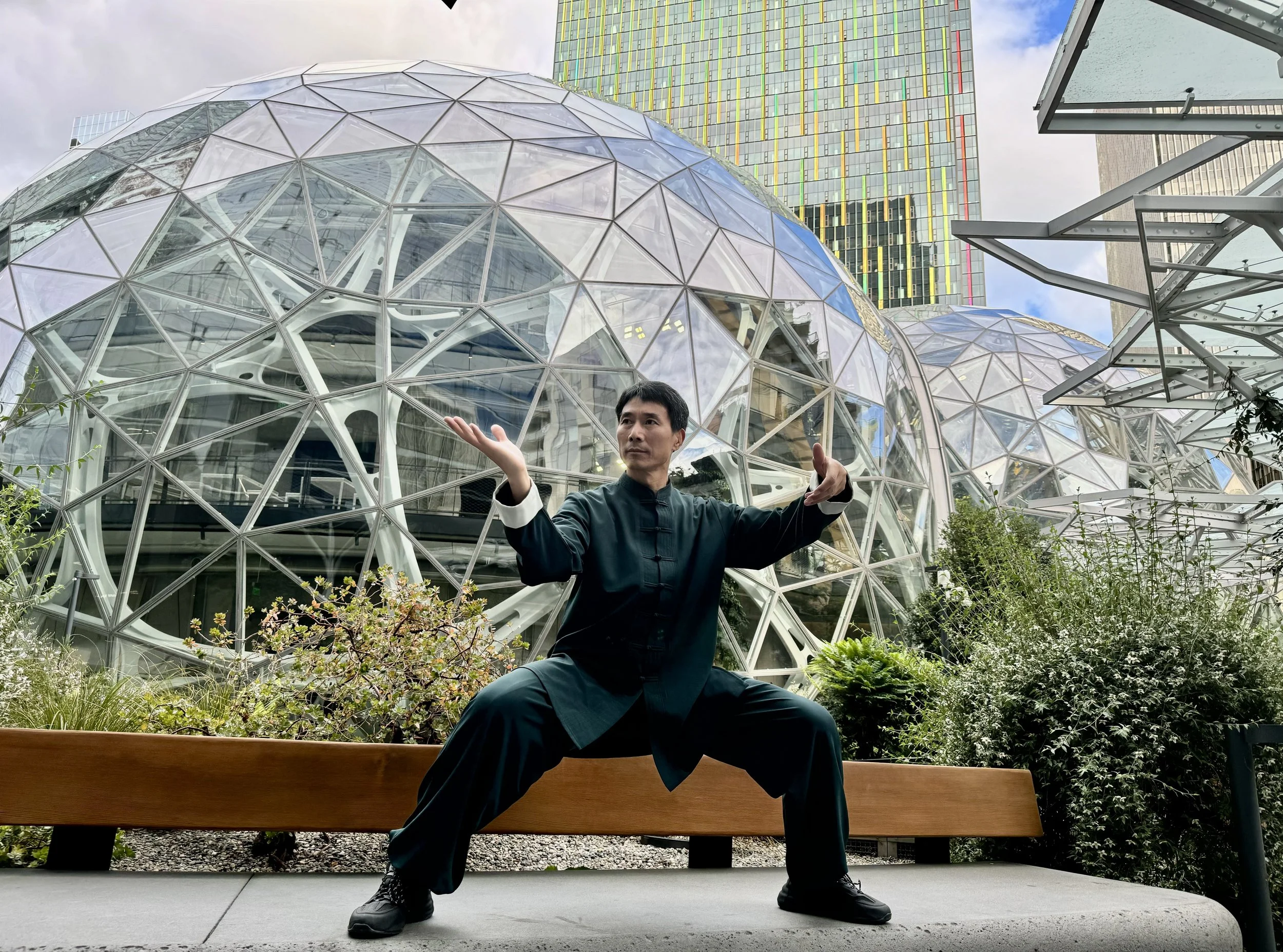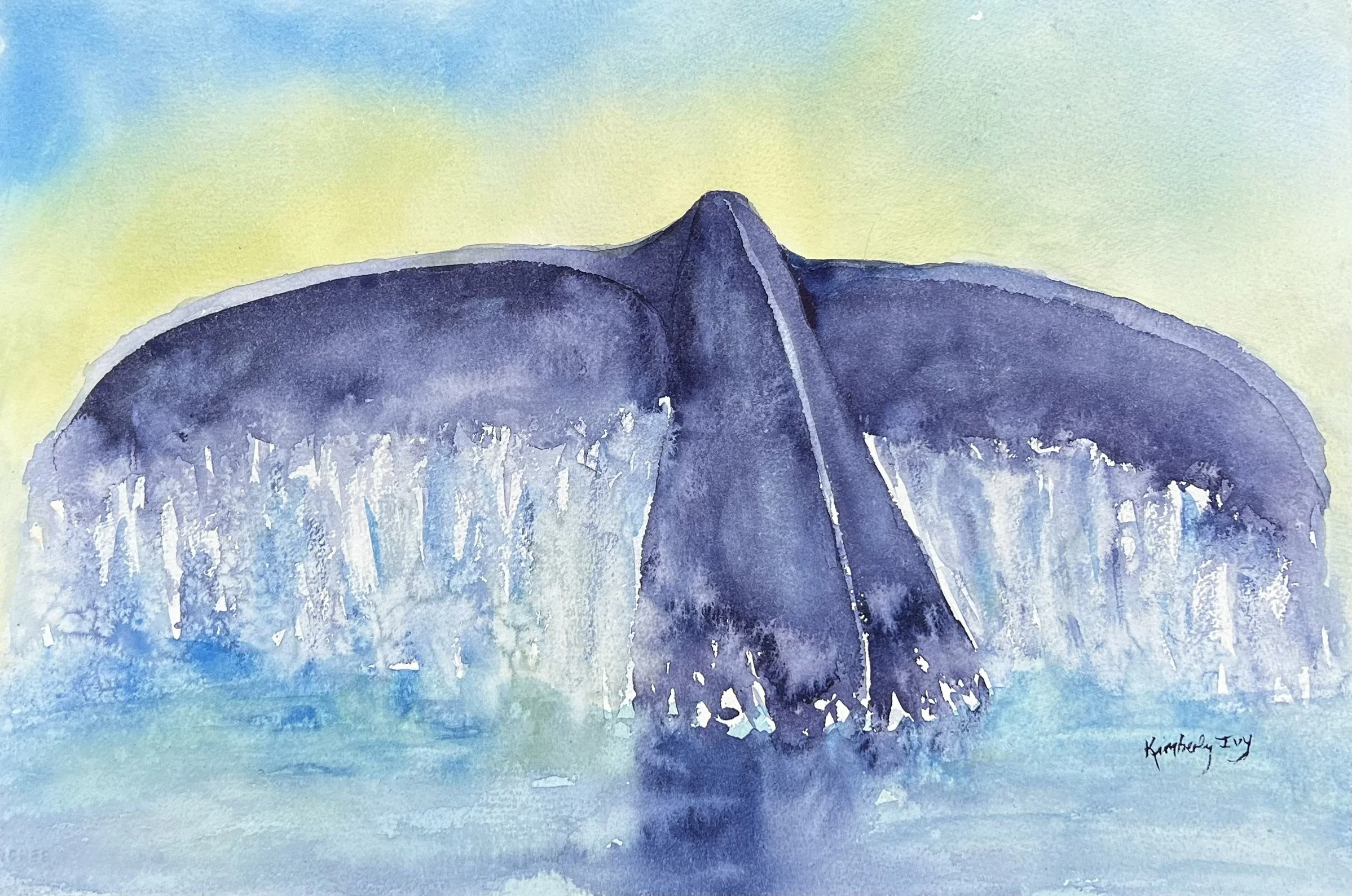The tremendous heat wave has broken and the August rains have arrived. I’m sitting in front of a window right now in the hallway of our dorms just outside our second story room so I don’t wake Shiuwen up with my early morning blogging. A thick breeze blows over me while a light rain patters on the sidewalk below. Cicadas hum. Lightening flashes in the distance. It’s good to be home.
The flights into Beijing and then into Zhengzhou were as predicted but the 2 hour drive from Zheng Zhou to Chenjiagou followed a different route. The main bridge over the Yellow River is being renovated so we took a small pontoon bridge just slightly higher than the river itself. We followed along some back roads lined with lush Peach orchards. “August is time for eating peaches and watermelons,” our driver said, using one of the many translation apps that allow disparate tongues to communicate freely with one another. “Where are you from?” He spoke into his phone in Chinese. “Seattle, Washington,” I replied, putting my face close to the screen. I know how to answer the question in Chinese, but felt it best to stay with the method he began. “Have you been to the United States? “No,” he replied.
With each visit here, number ten now, I am reminded of how incredibly fortunate I am to make this pilgrimage. I love Taijiquan, I love this Village and I love my teacher. Its a difficult trip, two days and fifteen hours of time jump, trying to pack light, unfamiliar language and food. Sleeping on hard board beds, showering with thin streams of water in a small bathroom that is shared with the toilet and sink. And the highlight of any trip to Asia in August: mosquitos and small black flies. You can’t expect to get comfortable because it’s not going to happen.
“You really have to want to come here,” I said to our group, three of them for whom it is their first time. I watched them take it all in, in their first wandering through the streets of the Gou, the mass buzzsaw of the Cicadas, overpowering any words we all might say. As we walked down the quad to Chen Xiao Xing’s office, Shiuwen put her hands over her ears, “Calm down!” She giggled. We are at the Source now. No matter the season or the threshold one crosses to get here, no matter if it is the first or tenth time, once you drink from the water of Chenjiagou, you always have to return.
We had a wonderful time with Chen Xiao Xing and his wife for a couple of hours. As always we were greeted by tea, making introductions, and catching up. “What’s new?” I asked him after we all relaxed a bit. “I built a new house!” He replied. We strolled leisurely along the Village streets to a new Hutong area about a kilometer from the school. CXX’s wife gave us a detailed tour of their amazing 3 story, seven bathrooms, five bedroom home. It has a huge kitchen/dining area, entertaining rooms, an outdoor patio for the pooch, an entire floor for practice. The craftsmanship, wood, tile and other details is exquisite. I said this house could be 2 million dollars in Seattle, depending on the location. They said, yes it is the same here, if this home were in Beijing or Shanghai no one could afford it. We watched a bit of the Monkey King on the flatscreen. I said we need popcorn and movie night and everyone seemed to like that idea!
Day one begins in a few hours. Breakfast is early, at 6 am, lunch at noon and dinner at 6. In-between our morning and afternoon training sessions we nap, shop and take it in. Eat, sleep and train now for 10 days. It’s brutally hard and the most exhilarating difficulty one could never really describe. A friend of mine before I left said, “but you will have a/c in the training room won’t you?” I just burst out laughing. I come for the training but I also come for the altered state this experience gifts me with. I trust my teacher and this place to steward me through the depths of my art and of myself. I wish I could say being here at the deep well also pulled me away from the horror that is happening in my home country right now. There is no amount of Standing or posture correction that can eradicate that. I know I will learn a great deal over these next ten days, about Taijiquan, about myself. I just wonder when humanity will learn something about how to be human with one another. At least I know crossing the great water to be here, training together, is some effort in that direction.





